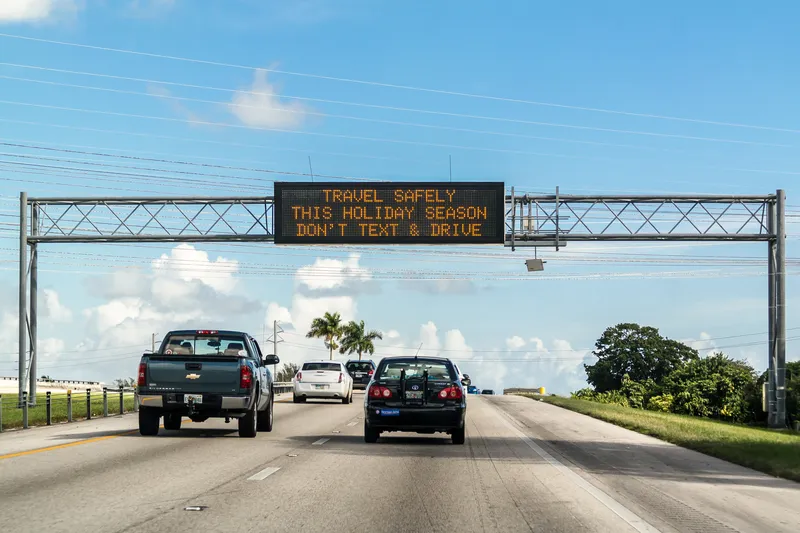A US$4.8 million over-height vehicle detection system has just been completed on two New York City parkways in a bid to minimise truck collisions, improve road safety and protect highway infrastructure. The infrared system identifies and alerts over-height vehicles illegally using the parkway to prevent the vehicles from striking low-clearance bridges, which are found on most parkways in New York. The system was installed at four locations on the Hutchinson River Parkway in the Bronx and one location on the Grand Central Parkway in Queens.
The detection systems, developed by the
Using infrared beams, the detection system identifies an over-height vehicle illegally using a parkway, captures the vehicle’s movements on video and then posts an alert message for the driver on an electronic variable message sign, enabling the driver to leave the highway before encountering a bridge. The data and video are also sent to the Department of Transportation’s Joint Traffic Management Center so that police can assist in getting a truck safely off the roadway, or mobilise quickly if an accident occurs.
Large commercial trucks and tractor trailers are prohibited from entering parkways in New York because the roadways, built in the 1930s and 1940s, were designed for automobiles and have low bridge clearances, with some as low as seven feet.
The project has received a Platinum Award by the American Council of Engineering Companies, an organisation that honours excellence in the engineering field.
Over-height vehicle detection system implemented on New York City Parkways
A US$4.8 million over-height vehicle detection system has just been completed on two New York City parkways in a bid to minimise truck collisions, improve road safety and protect highway infrastructure. The infrared system identifies and alerts over-height vehicles illegally using the parkway to prevent the vehicles from striking low-clearance bridges, which are found on most parkways in New York. The system was installed at four locations on the Hutchinson River Parkway in the Bronx and one location on the
November 9, 2016
Read time: 2 mins









